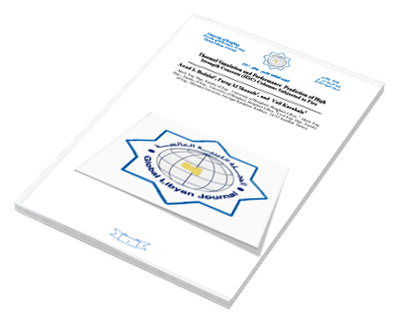Thermal Simulation and Performance Prediction of High Strength Concrete (HSC) Columns Subjected to Fire
DOI:
https://doi.org/10.37376/1570-000-013-008Keywords:
High Strength Concrete, Fire Design, Modeling Fire Behavior, Model Validation, RC columns, SpallingAbstract
The aim of this work is to study the effects of high temperature generated from fire on the high strength concrete (HSC) columns performance. Studies in the literature indicate that high strength concrete (HSC) columns are more adversely affected by fires than normal strength concrete (NSC) columns. In this study, first the sapling failure mode of HSC columns is reviewed and the spalling temperature and methods to improve it is discussed. Then the fire resistance criteria based on time is highlighted. The previous deals with total failure. However, as the main focus of this work is to determine the HSC columns strength degradation. Accordingly , the fire behavior of HSC columns is numerically investigated. A basic heat transfer model for predicting the temperature distribution through the concrete column is presented. The governing partial differential equation is approximated into a set of ordinary differential equations (ODE’s) using the finite difference method. The boundary and the initial conditions are implemented and the fifth-order Runge-Kutta method is used for integrating the resulting set of ordinary differential equations. The model predictions for the temperature distributions are validated by using experimental data from literature. The general behaviors of the model as well as the effect of the key model parameters are investigated. Then, by using a correlation from the existing literature, an estimation of the reduction in the concrete’s compression strength based on temperature and time is developed. The results show that the model predictions of temperatures distributions within the concrete column are in good agreement with the experimental data. Furthermore the increase of temperature within the column due to fire will cause a consid-erable reduction in column’s concrete compression strength. Finally, a simplified approach for fire design of axially laded HSC columns based on Rankine formula is presented.
Downloads

Downloads
Published
How to Cite
Issue
Section
License
Copyright (c) 2021 Global Libyan journal

This work is licensed under a Creative Commons Attribution-NonCommercial-NoDerivatives 4.0 International License.




